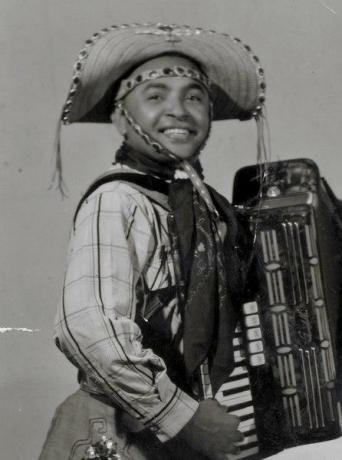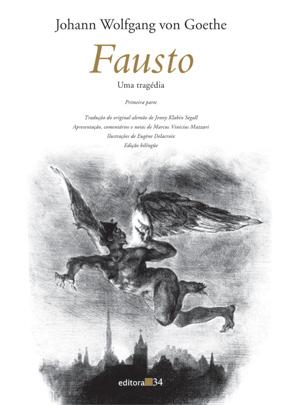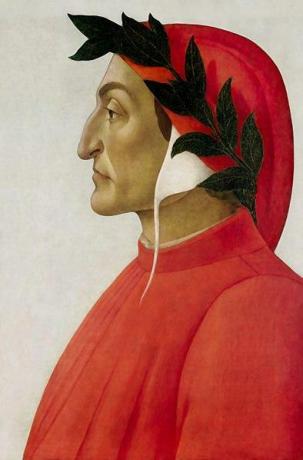O lining It is a northeastern artistic expression. It is a very broad cultural manifestation that has established itself as a musical rhythm, but also as a style of music. dance.
Read too: Bossa nova — musical style that emerged in the late 1950s
origin of forró
Originally called “forrobodó”, the emergence of forró may be related to popular dances that took place at the end of the 19th century. At the time, it was necessary to wet the floor of the place where these parties took place, as it was made of "clayed ground", with no coating, and the dance took place on the ground itself.
During the dance, people used to drag their feet to prevent dust from rising. It was then that the expression “rastapé” or “foot drag” appeared. The rhythm was also influenced by Dutch and Portuguese rhythms and European ballroom dancing.
It is also worth mentioning that the toré, an indigenous celebration in which at a certain point the participants also drag their feet on the ground, resembles the dance style of forró.
Where did the name forró come from?
Historians point out that the The word forró originated from the term forrobodó, which would be a Galician-Portuguese variant of the old word forbodo, of French origin faux bourdon, which could mean "de-intonation".
Another hypothesis, this one without historical data that can prove it, is that the name would have been created based on an English expression, as British engineers would have settled in the region of Pernambuco during the laying of the Great Western Railway. These used to hold parties for distinguished figures and, at one point, the event was open to the public. The invitations bore the term for all, which means "for everyone" in Portuguese. The local northeasterns would then have started to pronounce "forró".
O name forró was only effectively used to designate the rhythm and dance in 1950, when, a year earlier, singer-songwriter Luiz Gonzaga recorded the song “Forro de Mané Vito”, a song produced with Zé Dantas.
How forró became known
the musical style was effectively publicized with the migration northeastern for others Brazil states, mainly in the 1960s and 1970s, and is now known throughout the country.
At the beginning of the history of forró, the compositions were inspired by the northeastern way of life and the people of the sertão. The lyrics used to portray the habits and customs of this people, from joys to sadness and difficulties. There was much talk of love, memories and homesickness.
In Brazil, forró is celebrated on the 13th of december. The date also marks the birth of accordion player Luiz Gonzaga, who widely publicized the rhythm, being recognized as the King of Baião.

In the 1980s, forró underwent some modifications, in which other instruments were also introduced, such as drums, guitar and electric bass.
In the 1990s, more elements were included by some bands, such as the keyboard and sax, and the zabumba was dropped.
In the 2000s, this type of music gained a new makeover and emerged in the form of university forró, which added some instrumental changes to the original style.
the forró is associated with other genres, such as baião, xaxado and xote, since in both the instrumental basis is the zabumba, the accordion and the triangle. It can also be called traditional forró or even forró “pé de serra”.
The main representatives of forró are Luiz Gonzaga, Dominguinhos, Sivuca and Jackson do Pandeiro.
Read too: Sertanejo — the origin of this musical genre that refers to the caipira tradition
Forró and the dance
To dance forró, you need a partner, since the dance takes place in pairs in a closed embrace position, and the partners are facing each other. Depending on the music style, the way of dancing is also changed.
By Erica Caetano
Journalist


